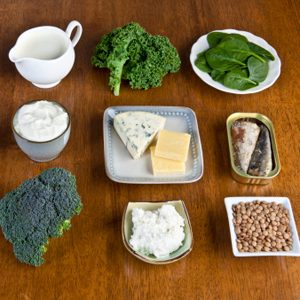
1. Dairy Products, Calcium, and Vitamin D
You’ve probably never thought to reach for milk to help ease your PMS, but maybe you should. In a long-term study of more than 3,000 women, researchers found that the women who drank four servings of low-fat or skim milk a day (or the calcium and vitamin D equivalent in fortified orange juice, low-fat yogurt, and other low-fat dairy foods) had a 40 percent lower risk of developing PMS than the women who had only one serving of milk per week. Aim for 1,000 to 1,200 milligrams of calcium and 400 IU of vitamin D daily, the equivalent of four glasses of skim or low-fat milk.
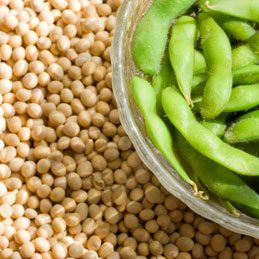
2. Spinach, Soybeans, Grains, and Magnesium
Munching on spinach salads and even baked goods made with whole-grain flour, buckwheat, or whole-grain cornmeal – all rich in magnesium – could help put a stop to the PMS blues. The recommended amount is 320 milligrams of magnesium per day. Half a halibut fillet contains 170 milligrams; a cup (250 millilitres) of whole-wheat flour contains 166 milligrams; a cup (250 millilitres) of cooked spinach contains 157 milligrams; and a cup (250 millilitres) of soybeans contains 148 milligrams.
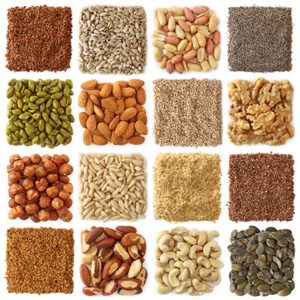
3. Nuts, Seeds, Wheat Germ, and Vitamin E
Eating foods like almonds and sunflower seeds is never a chore, and doing so may help relieve symptoms of PMS. In a small three-month study of 46 women with PMS, those who took a daily 400 IU dose of vitamin E – admittedly the equivalent of far more nuts than you’d want to eat in one day – saw their mental and physical symptoms of PMS abate.
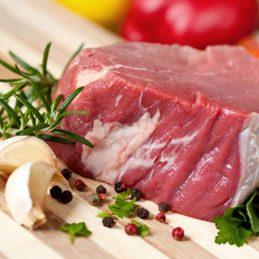
4. Get More Iron
If heavy bleeding is your monthly burden, try adding more iron to your diet; too little can cause a heavier flow. Lean red meat and oysters are terrific sources. One note of caution: Eating too much red meat may increase your risk of endometriosis, a painful condition in which uterine tissue grows on organs outside the uterus, such as the ovaries or fallopian tubes. So don’t overdo it in that department.
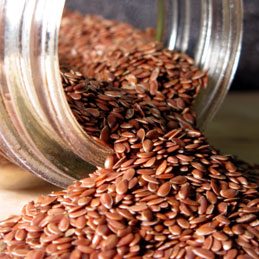
5. Tofu, Flaxseed, and Other Phytoestrogens
If you snack on edamame (green soybeans) or add them to soups and salads, you may be serving up some menstrual relief. Soy and flaxseed contain phytoestrogens, plant chemicals that imitate estrogen, which may help balance hormones during menstruation.

6. Complex Carbohydrates from Fruits and Vegetables
Many women crave sugary carbohydrates like chocolate and ice cream before and during their periods. But instead of having a sugar fix, eating meals plump with whole grains, fruits, and vegetables may double-cross PMS symptoms, including the cramping that often accompanies heavy bleeding.